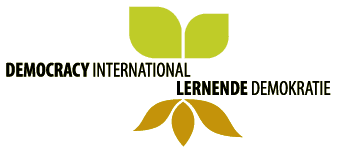In the debate on sustainable development, people long considered only social, ecological, and economic sustainability, neglecting the fact that the approach to achieving this goal must also be part of sustainability efforts. A fourth dimension, political-organizational sustainability, was added to address how we can consistently and effectively deliver our sustainability work (capability to deliver) and respond appropriately and swiftly to challenges (capacity to adapt). This 3D compass therefore considers not only substantive but also procedural requirements for achieving sustainable sustainability.
In the integrative urban development work of the Local Agenda 21, it became clear that a vertical third dimension with two additional “softer” sustainability dimensions should also be included: ethical and aesthetic development perspectives. When residents were asked how they recognized whether an Agenda process was successful, their responses included emotional aspects beyond the “hard” four core dimensions, such as: “It has become beautiful – I now proudly show my neighborhood to guests,” and “It has become safe – we now greet, and feel secure with each other.” Using these six sustainability dimensions, the aim is not to determine the current state but to assess the foreseeable, collectively anticipated development perspective. How are the ecological, social, and economic situations likely to evolve in the coming years? How well will this neighborhood be represented and organized? How will this be expressed aesthetically (beautiful, clean, colorful, vibrant...) and ethically (safe, welcoming, fair, inclusive...)?
If an initiative wants to identify areas with particular development needs, this canvas helps to determine where a neighborhood, city, or region shows promising prospects (green area) and where the outlook is bleak (red). Write down the key +/- arguments, then rate each on a scale of 1-9 (1-3 red, 4-6 yellow, 7-9 green). Based on these assessments, you can plan further actions and prioritize effectively. When preparing participation and organizational development processes, we often use this canvas to identify early challenges and obstacles to long-term sustainable development. To do this, we work with a so-called focus group of 3-6 representatives who use this canvas to “map the terrain” in advance, allowing the main process to proceed more efficiently and effectively.
You can find the German Canvas here.
You can find the English Canvas here.
You can find the Spanish Canvas here.

